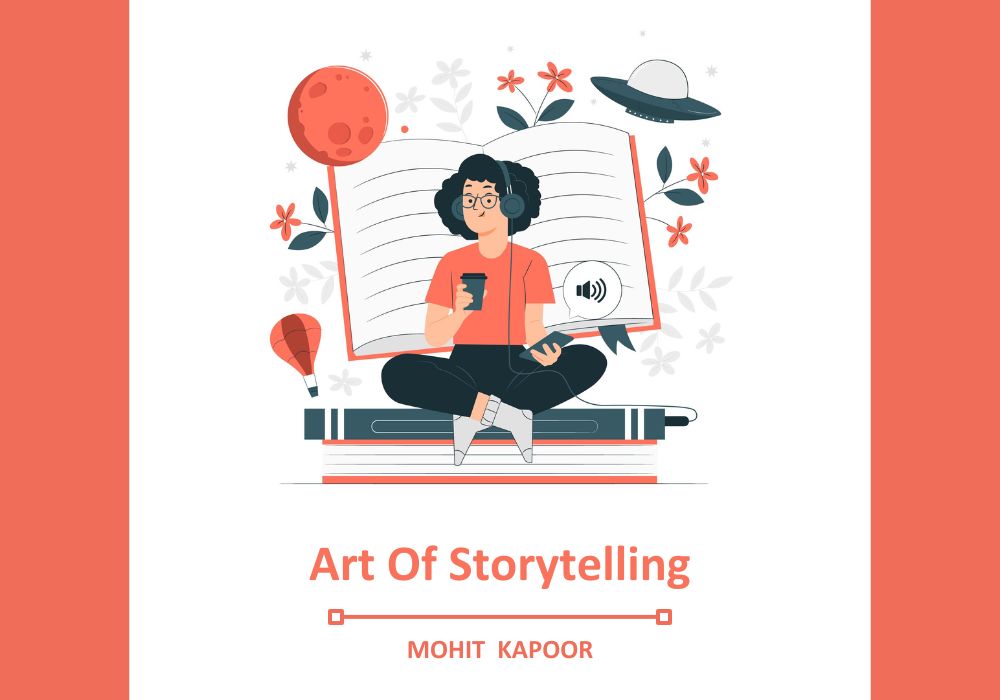Let’s be honest — content is everywhere, but stories? The good ones? They’re rare.
And yet, they’re the reason you stop scrolling, lean in, and actually feel something.
As someone deep in the world of marketing and growth, I’ve realized that storytelling isn’t a nice-to-have — it’s the real moat. If you can make people feel, you win. And it all boils down to five elements.
1. Observation – Start With Something Real
Great stories don’t begin with fluff. They begin with truth.
An insight. A random moment. Something you noticed that made you think. That’s your entry point. (Observation)
“Everyone talks about data, but no one tells you what to do when it doesn’t align with instinct.”
That line alone can hook the right audience.
2. Emotion – Because Logic Doesn’t Sell Alone
People might click because of curiosity. But they stay because they feel seen.
Emotion is what turns your insight into impact.
Use moments that bring out fear, relief, hope, or even quiet pride. That’s the stuff that sticks.
Tip: Contrast helps. Go from uncertainty to clarity, failure to insight — and your story gains momentum.
3. Experience – The Personal Angle Wins Every Time
Storytelling isn’t about telling people what you think — it’s about showing what you lived.
Paint scenes. Drop into moments. Let them walk through it with you.
“I opened the dashboard at 2 AM, and the numbers had flatlined. My stomach dropped.”
Now you’ve got attention.
4. Conflict – No Tension, No Story
Here’s where most stories fall flat: there’s no problem.
Every good story needs tension — a “something went wrong” moment. Otherwise, why should we care?
Conflict = context. It gives your success meaning.
5. Reflection – Let the Message Land Softly
Don’t end with “the moral of the story is…”
Instead, give people space to take something away. A shift in thinking. A fresh perspective.
“Turns out, the thing that looked like failure was just a data delay. But it taught me to ask why before panicking.”
That’s clean. Honest. It lands.
Why This Matters for You
Whether you’re writing a LinkedIn post, building a pitch, or creating content for your brand — this 5-part structure works. It’s not theory. It’s tested.
So next time you’re drafting something, check your story:
- Did I start with a sharp insight?
- Did I bring in some emotional weight?
- Did I share a personal or real experience?
- Was there real tension or challenge?
- Did I close with a reflection that sticks?
Nail these — and your story won’t just get views. It’ll be remembered.

Leave a Reply